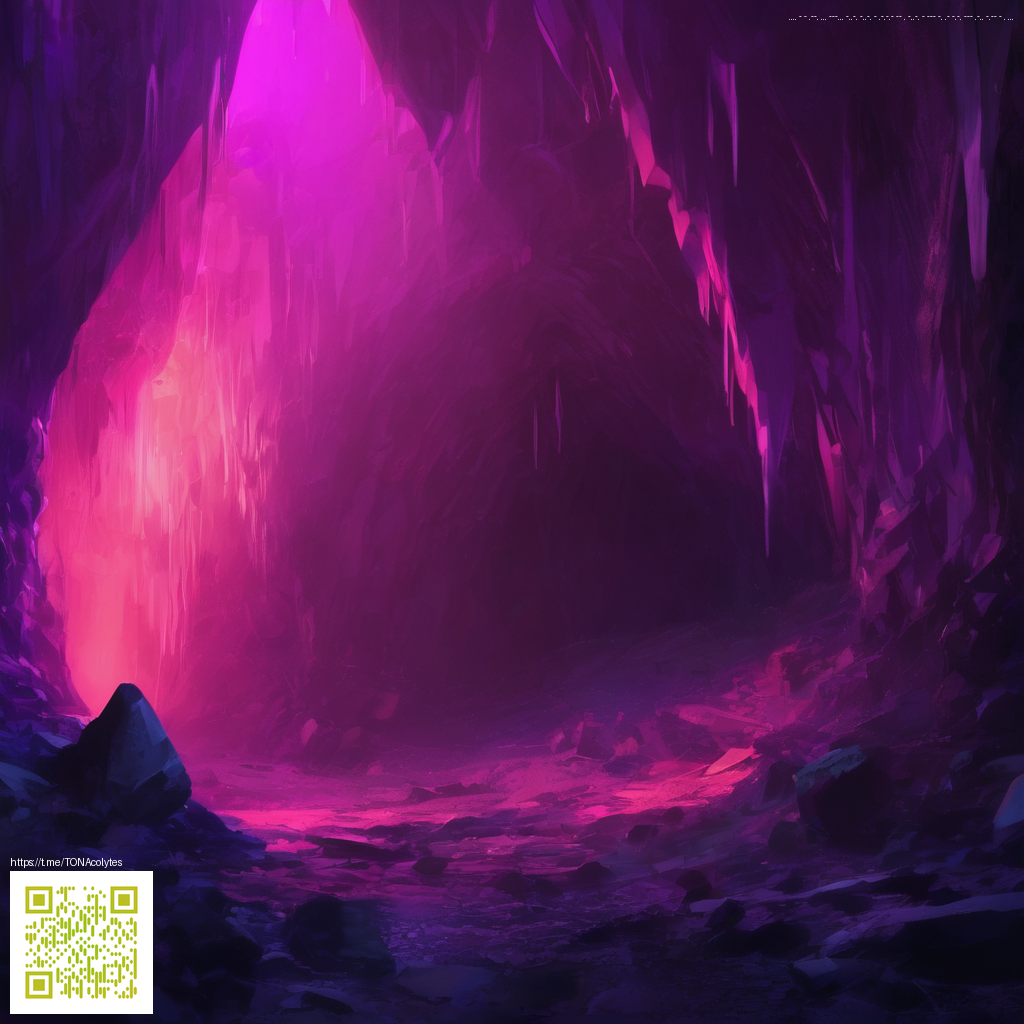
AI-Enhanced Realism in Digital Paper Products
Digital paper has long promised the tactile warmth of traditional surfaces while offering the flexibility of virtual design. The latest wave of AI-powered realism pushes that promise closer to physical sensation. By combining advanced texture synthesis, light-field simulation, and perceptual modeling, designers can preview, test, and iterate on digital paper surfaces with a level of fidelity that rivals real-world materials. The result isn’t just a pretty image—it’s a believable, testable surrogate that informs decisions about embossing, fiber direction, sheen, and edge wear long before a single sheet is produced.
“The goal of AI-enhanced realism isn’t to fool the eye for a moment; it’s to accelerate trust, so designers can validate feel, grain, and durability early in the process.”
At the core, AI models learn from extensive datasets of scanned papers, synthetic textures, and lighting permutations. They then generate high-resolution texture maps that respond dynamically to lighting shifts, magnification, and user perspective. This means a digital mockup can reveal how a paper surface would behave under daylight, shop lighting, or a mobile screen glow—without the cost of physical prototyping. For instance, a texture map might adapt to a change in coating or finish, accurately representing the subtle sheen difference between matte and satin without re-scanning every variation.
What makes AI-driven realism so compelling
- Texture fidelity: micro-embossing, fiber interlacing, and paper irregularities are simulated with convincing depth and variation.
- Lighting responsiveness: surfaces react to virtual light sources as if they were real, showing shadow play, specular highlights, and even subtle color shifts.
- Content-aware detail: AI can adapt details depending on scale, ensuring that close-ups reveal grain without overpowering distant views.
- Iterative testing: designers can test dozens of finishes in minutes, accelerating decision cycles and reducing waste.
Practical applications across industries
- Packaging and print design: evaluate how foil stamping, letterpress impressions, or recycled fiber textures read on screen and in virtual proofs.
- Product mockups and catalogs: provide consistent, photo-realistic representations of paper-based surfaces for ecommerce, catalogs, and marketing decks.
- E-learning and interactive media: create believable tactile surfaces for digital notebooks, journals, or note-taking apps that users “feel” through visuals alone.
- AR and immersive experiences: preview how real-world textures anchor in augmented reality, aiding alignment between virtual and tangible assets.
In real-world workflows, AI realism isn’t a gimmick—it’s a practical tool. Take, for example, a consumer electronics accessory line where the material perception of packaging can influence perceived value. As you explore textures that evoke premium craft or sustainable sourcing, you’ll want credible references that developers and designers can trust. For a hands-on look at how AI-driven realism can intersect with product design, see the MagSafe Phone Case with Card Holder, a tangible example linked here: MagSafe Phone Case with Card Holder. The broader context and methodology are summarized on a dedicated overview page you can visit here: Overview of AI-Enhanced Realism in Digital Paper.
As AI continues to bridge the gap between digital and physical texture, teams gain the confidence to push creative boundaries while keeping production costs in check.
Getting started with AI-enhanced realism
- Define your target textures: identify the paper types, finishes, and coatings most critical to your product narrative.
- Choose the right data: curate scans and high-quality photographs that reflect lighting diversity and material aging.
- Iterate with perceptual testing: pair AI-generated previews with human feedback to verify that perceived realism aligns with user expectations.
- Integrate into design pipelines: embed AI texture tools into your CAD, 3D, and PR workflow so realism informs decisions early and often.
In practice, AI-enhanced realism is about enabling better conversations between designers, engineers, and marketers. Rather than exporting a final image and hoping it reads correctly, teams can explore texture variants, validate readability of prints, and foresee how a surface will feel in context. This collaborative capability reduces risk and speeds time-to-market—without sacrificing the tactile storytelling that makes paper-based products compelling.